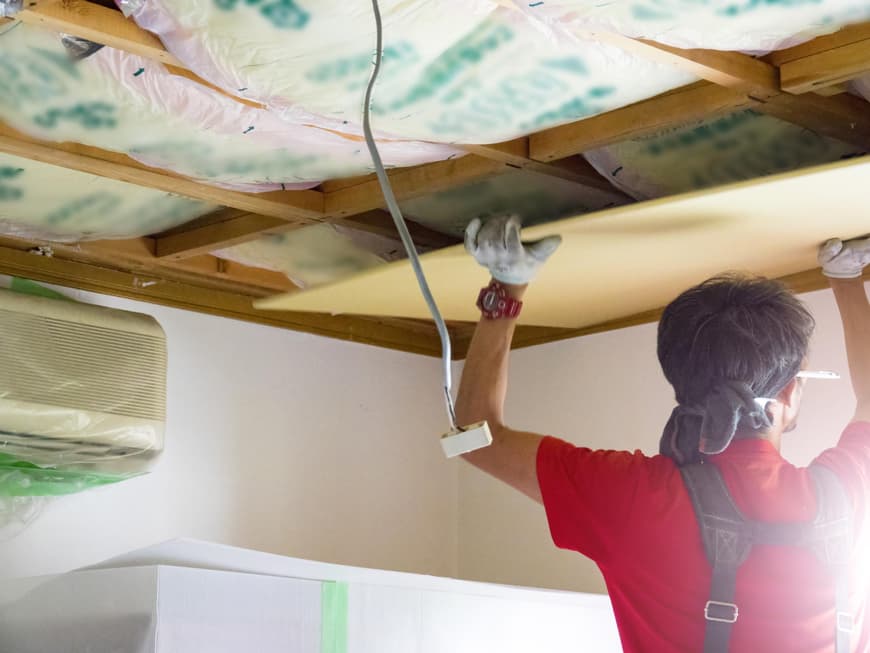
House insulation: the classic
The cheapest material currently available for insulating a house is polystyrene (EPS), commonly known as Styrofoam. The rigid foam boards are easy to process and insulate well with a very low weight. However, EPS is controversial. Although the material is considered flame-retardant, it produces heavy smoke and releases toxic gases in the event of a fire. If it melts, it drips down the façade while burning and the flames spread. Experts therefore recommend alternatives.
House insulation: organic variant
Natural insulation materials made from renewable raw materials usually consist of plant fibers. For example, there are boards made from wood, cotton, flax or hemp. Although they provide excellent thermal insulation in summer, they insulate somewhat less well than EPS or mineral materials. They are also more flammable and may not be used in certain buildings. Completely natural insulation on the house is therefore only feasible in some cases.
House insulation: mineral material
Mineral-based facade insulation is safe and non-combustible. Rock wool and glass wool have a very good insulating value, are flexible and resistant to vermin, mold and rot. Glass wool is lighter, can be processed very easily and is fireproof up to approx. 700 degrees. It consists of limestone, waste glass and quartz sand, so it is a recycled product. Rock wool has better sound insulation properties and is fireproof up to approx. 1,000 degrees. However, the boards are less flexible, which is why glass wool is more often used in pitched roofs, for example.
Interior insulation
If quick, cost-effective and, above all, risk-free insulation is required, internal insulation can be the solution. For example, with reflective foils or panels that can simply be stuck behind the radiators. Of course, it is more effective to wall up cold niches and place new radiators on top of them - this way far less heat is lost through the façade.
You can find more information on this topic at
www.vdpm.info and www.vpb.de
